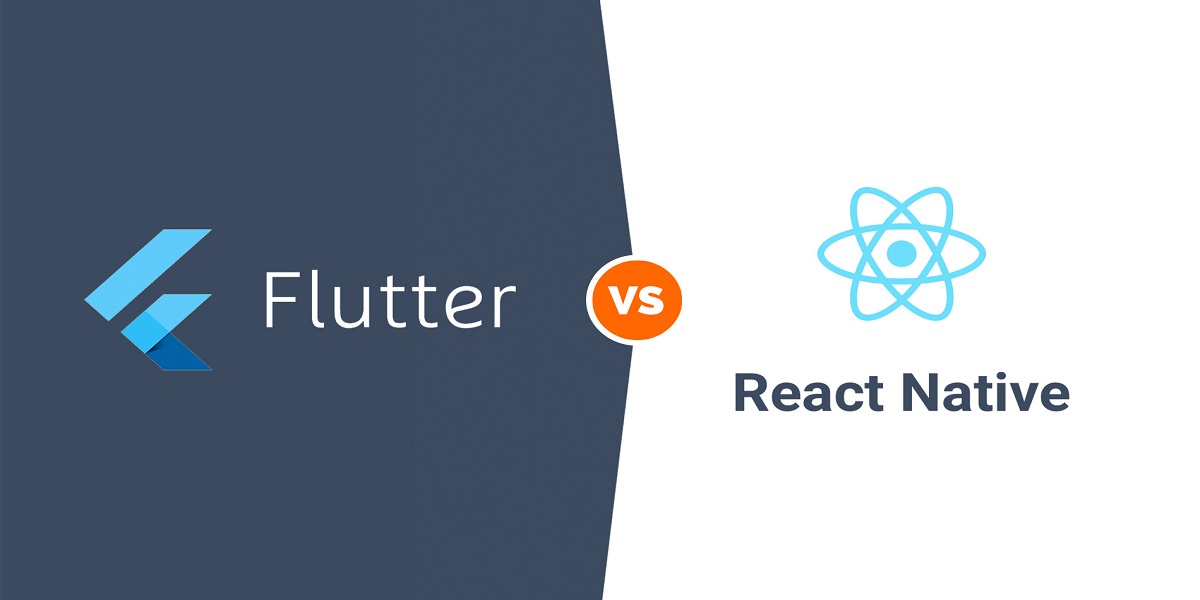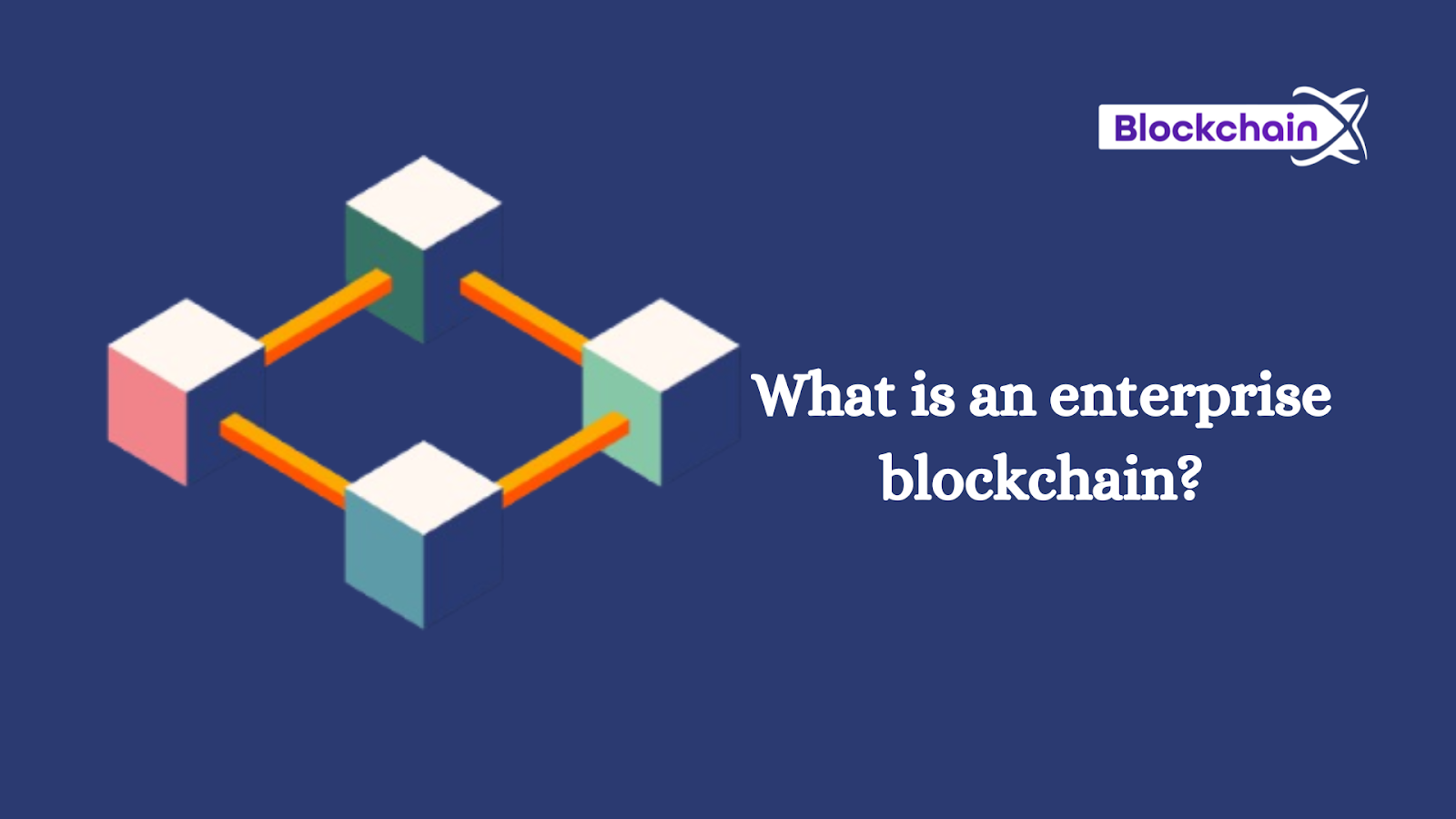
Flutter vs React Native: Which Should You Pick in 2023?
- By Prashant Pujara
- 02-11-2022
- Technology
Flutter is the most popular app framework that depends on Dart language. It depends on the global market that comes from the leader of the cross-platform development of the app. It is a tool you want to create and market with the help of Google, which was back in 2017. There are several advantages which come with the native app development process. Flutter uses a single codebase that creates apps for innumerable environments, including web development and desktop apps and mobile development.
Pros and cons: flutter
Though the developers trust Flutter, it still has some pros and cons. And here are they:
Pros- hot reload for the perfect development process, the single codebase of the multiple platforms, half the testing, native 2D graphics library, creating awesome designs, same UI across the versions and suitability of MVPs.
Cons- it will offer a small development community with fewer libraries and support, a lack of CI and CD support, and platform dependency.
React Native
React Native is an open-source mobile application that develops a framework based on JavaScript with the help of programming language. React Native will be highly scalable, meaning you can use it for any size of app and its project. It is the cross-platform project framework that makes the work easy and perfect. You will get to use the best one once you know what it holds for the developer in the future.
Pros
Fast refresh- it combines hot and live to reload, which makes it easy for the developer of React Native even to edit the source code, and there will be view results on an instant basis. There will be an overcome of the limitation of the perfect lazy load and the native modules.
Single code- the framework has a single codebase which the React Native developers will use as the Android and iOS platforms. The JavaScript language is again compatible with all web applications.
Wide compatibility JavaScript is a standard programming language used for React Native.
The developer's decision- the developer of React Native, gets the complete freedom to work on this language for the better good and makes the perfect app development. One can also choose the best components used with React Native and the development in the native environment.
Cons
Native feeling- native experience simulation is different from native components and platforms. It is ideally close to the main, but still, there are differences in the size, speed and even the processing power requirements.
Customization- it does not have any customization options, and all the features are essential. So, there is nothing that you can it on your own.
Needs decision- as a developer, one has to understand the pros and cons and then take the final decision on how to make the efficient output logical. It needs additional time and effort to make it work and get the business logic.
Real comparison
The demand for Flutter is much higher than for React Native. The performance difference shows that the Flutter enjoys the most, and you need to consider its speed and the perfect size. React Native has a hamper performance, while on the other hand, Flutter comes with default smoothness that sets with 60 fps and contributes further to the app's performance.
Conclusion
Therefore, you need to analyze and judge which is the best and then take on the best framework to design the app of your choice. It will give you the confidence to use the framework and build and design the best app for the business that will help the business to grow.
Recent blog

Blockchain for Enterprise: Transforming Business Operations
Blockchain | 23-04-2024.png)
Top 03 Audio Enhancers to Enhance Your Voice in Minutes
Technology | 18-04-2024.png)




